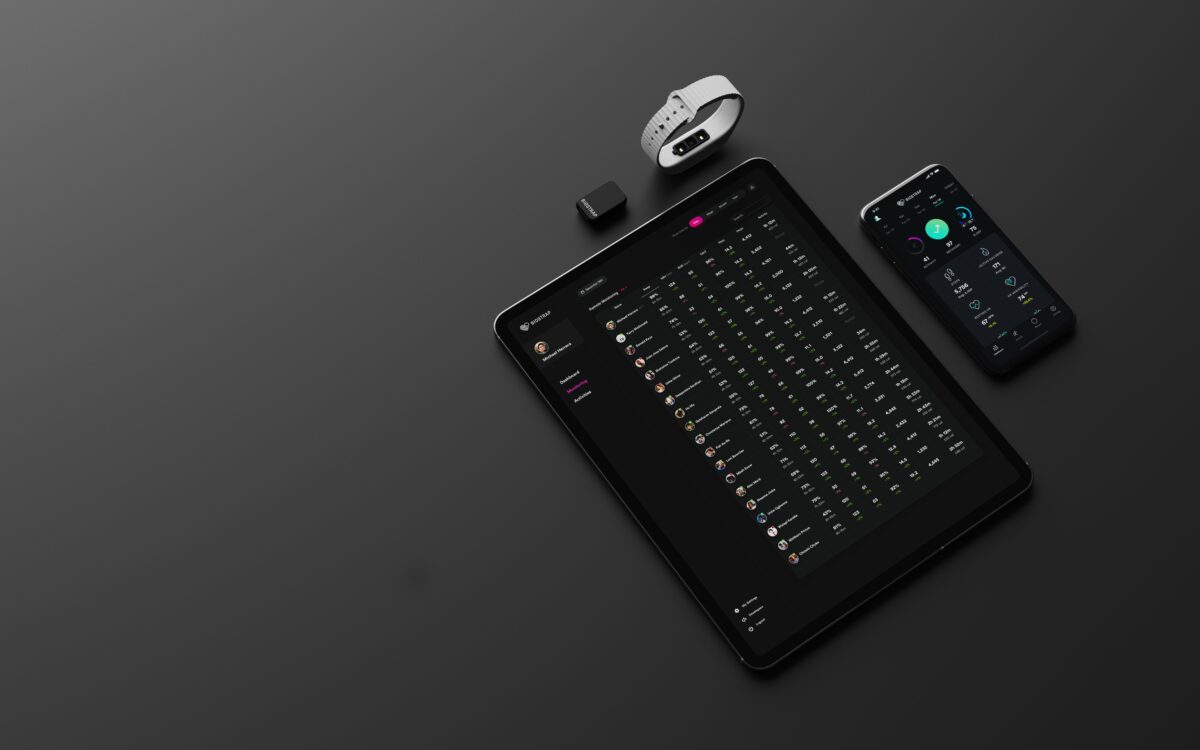Summary algorithms are metrics designed to aggregate and simplify multiple physiological and behavioral measurements into three easy-to-interpret outcomes. These scores are presented on a 0 to 100 scale, where 100 is the ‘best’ attainable score. By presenting data in a reader-friendly format, less experience and time is required to interpret each individual’s status and progress over time, which helps both the end-user as well as any care-takers or data monitors.
Below are the descriptions of each of three main summary scores presented by Biostrap: Activity, Recovery, and Sleep Scores.
Activity Score
Physical activity is a metric that is correlated with numerous health outcomes and diseases. Activity is not exclusive to exercise bouts, and sedentary behavior has also been shown to be associated with health outcomes.
Therefore, Biostrap calculates activity score using the activity distribution over the course of a 24-hour window, emphasizing consistent physical activity of 500 steps per hour during 12 unique hours. Additionally, energy expenditure relative to the user’s goal contributes to the activity score. The energy expenditure goal, or workout calories, can be modified in the Settings tab on the user application.
Recovery Score
The recovery score is computed based on sleep data, with weighted inputs including relative resting heart rate and heart rate variability values. The Biostrap Recovery Score assesses a user’s daily value compared to a personal 5 to 30-day baseline to better understand an individual’s physiological recovery and readiness to perform.
Measures of various sleep parameters, such sleep duration, sleep latency, and the number of sleep disruptions also contribute to the overall Recovery Score calculation.
Sleep Score
The Biostrap Sleep Score includes a comprehensive analysis of over a dozen sleep parameters, including but not limited to nocturnal biometrics, sleep duration, sleep quality, awakenings, and movement.
The Sleep Score incorporates a global and individualized penalty system for calculating the score; for example, if an individual has oxygen saturation values below 90%, the algorithm will apply a global penalty. However, if an individual has an oxygen saturation within the normal range but just slightly below the trailing average over the last 30 days, they will receive a minor ‘relative’ penalty.
Ready to start tracking your Sleep and Recovery? Join our Biostrap family and get started with our Recover Set.



